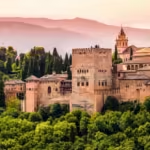Borobudur, a monumental symbol of spiritual and architectural heritage, stands as the largest Buddhist temple in the world. Nestled in the heart of Java, Indonesia, this awe-inspiring structure draws millions of visitors each year, not only for its breathtaking beauty but also for its profound spiritual significance. Constructed between the 8th and 9th centuries, Borobudur encapsulates a rich tapestry of history, culture, and philosophy that resonates across the ages.
The Architectural Marvel of Borobudur

Borobudur is not just an architectural feat; it is a grand expression of cultural and spiritual beliefs intricately woven into its design. This section delves into the mesmerizing architecture of Borobudur, highlighting its unique features and artistic representations.
The Structure of Enlightenment
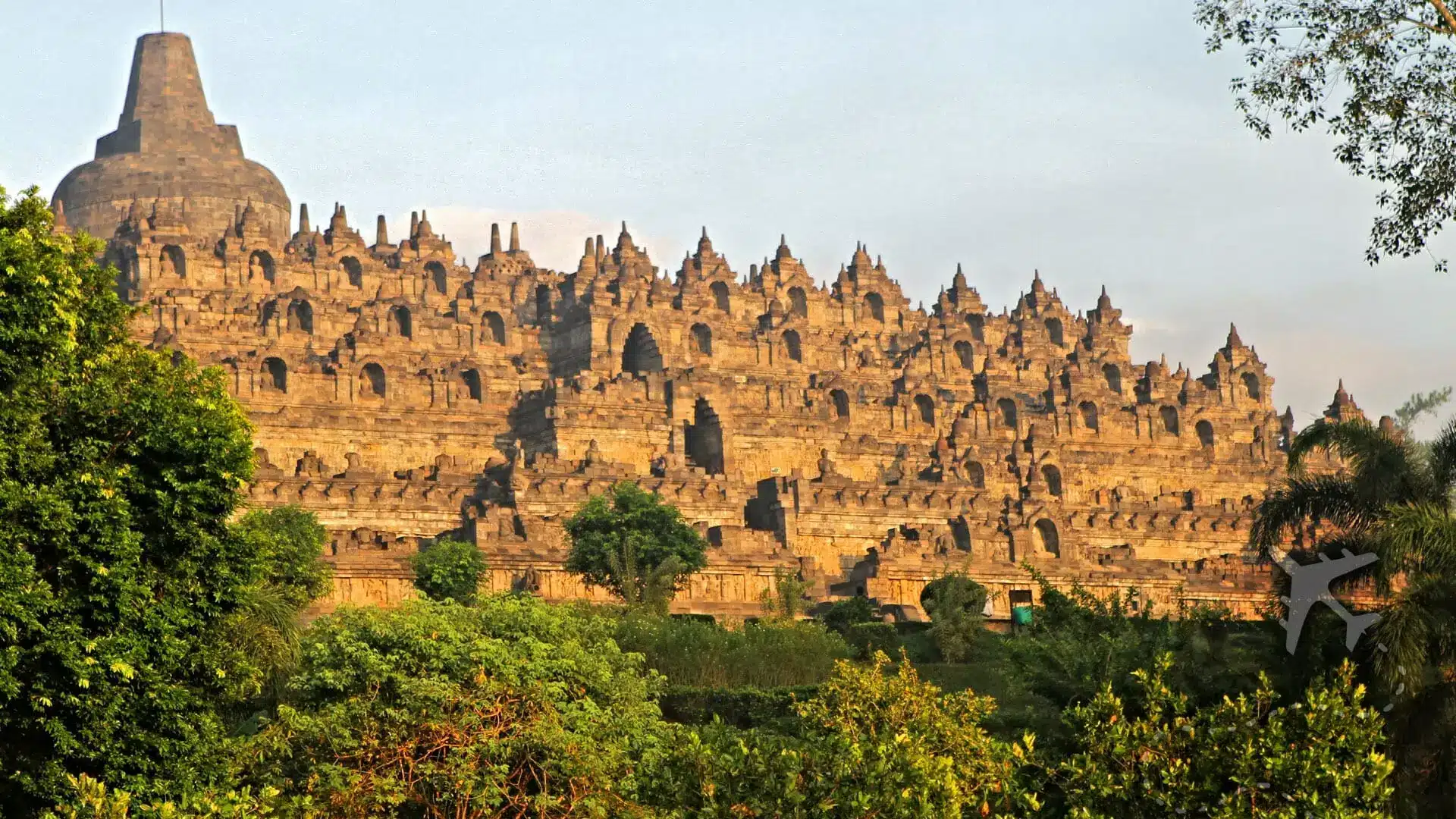
The structure of Borobudur is meticulously designed to represent the path to enlightenment in Buddhism.
As one approaches the temple, the seven-tiered layout becomes apparent. The three lower tiers are square, symbolizing the earthly realm, while the upper four tiers transition into circular levels that depict the spiritual journey towards Nirvana. This design serves not merely as a blueprint for the building but as a philosophical framework illustrating the ascent from ignorance to knowledge, ultimately leading to enlightenment.
Moreover, the layout is reminiscent of a lotus flower, which is a pivotal symbol in Buddhism embodying purity and spiritual awakening. The lotus rises from the mud, much like individuals rise from worldly challenges toward spiritual fulfillment. Each layer encourages visitors to reflect on their own life journey, prompting a deeper connection to the teachings of the Buddha.
Intricate Reliefs and Symbolism

As one explores the vast corridors of Borobudur, they are greeted by over 2,600 relief panels that narrate the stories and teachings of the Buddha and Buddhist philosophy.
These intricate carvings are not only visually captivating but also serve as a guide for practitioners and pilgrims. Each panel tells a story or illustrates a moral lesson, making the entire structure akin to an open book of wisdom.
Walking along these reliefs offers a transformative experience; it invites introspection and mirrors the inner workings of one’s mind and soul. Visitors find themselves immersed in a visual narrative that unfolds with every step taken. Each scene evokes emotions ranging from joy to contemplation, allowing individuals to engage deeply with the tenets of Buddhism.
Cultural Fusion and Influence
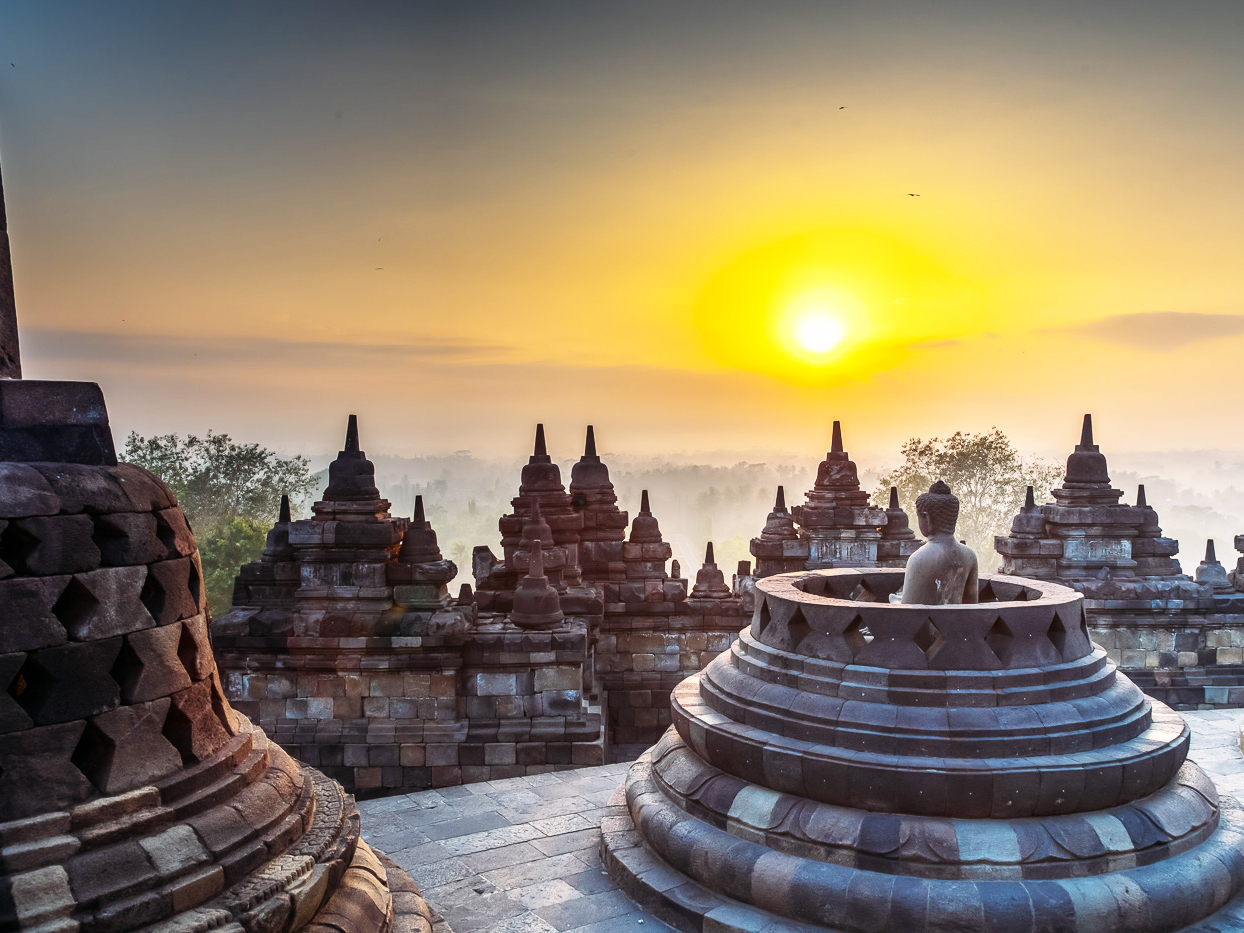
The architectural style of Borobudur showcases a fascinating blend of indigenous Indonesian elements and influences from Indian architecture, particularly the Gupta period.
This fusion exemplifies the cultural exchange that occurred during the height of the maritime trade routes, where ideas flowed freely between civilizations. The ornate stupas adorned with lotus motifs and the robust stone carvings highlight how local artisans incorporated traditional practices while being inspired by external influences.
Such a juxtaposition not only enriches the aesthetic appeal of Borobudur but also signifies the dynamism of cultural interactions throughout history. This melding of styles serves as a reminder of the importance of embracing diversity and understanding various cultural narratives.
Spiritual Significance of Borobudur
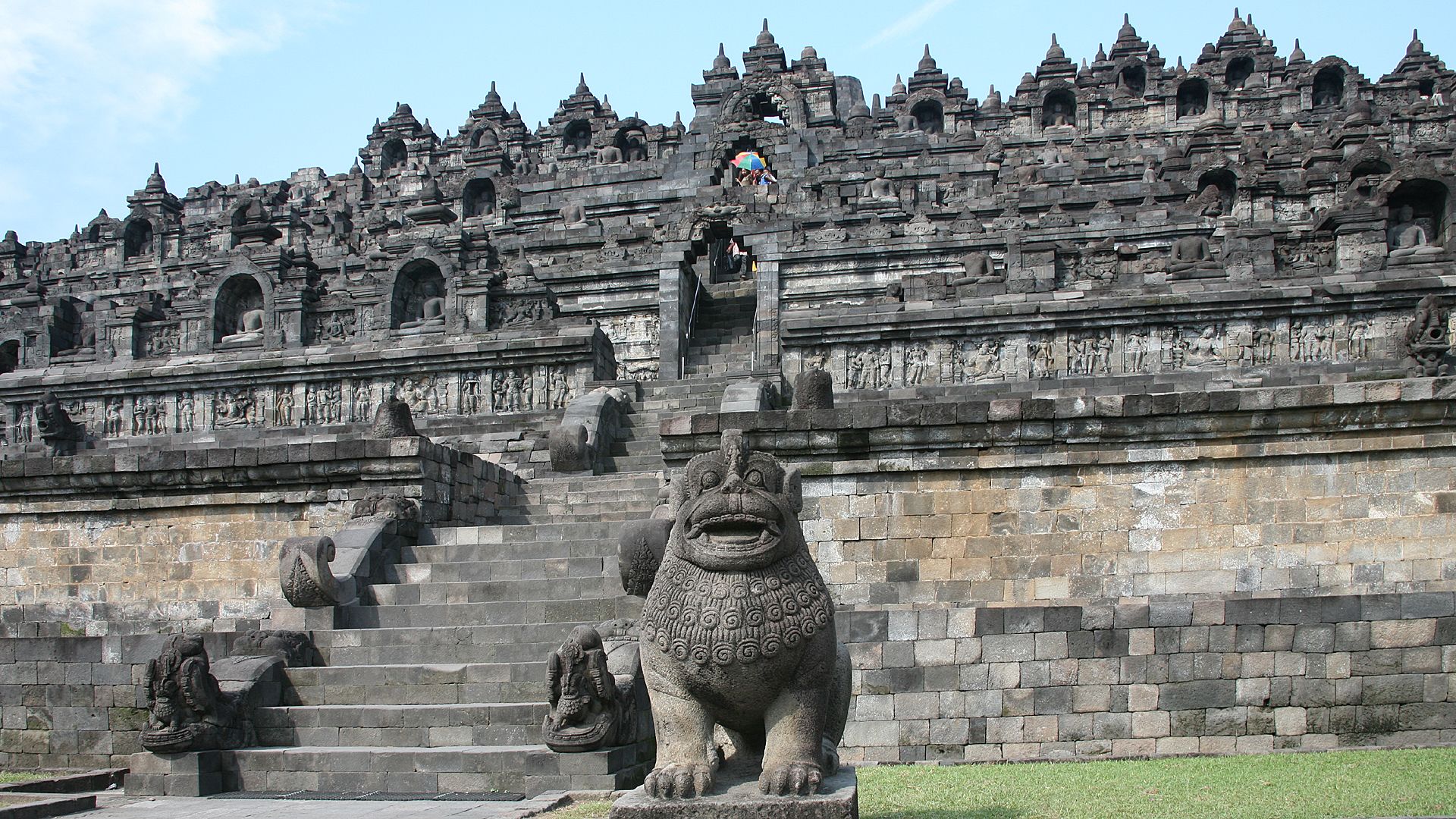
Beyond its architectural brilliance, Borobudur holds immense spiritual significance for Buddhists and non-Buddhists alike. This section explores the temple’s role as a spiritual center and its impact on those who visit.
A Pilgrimage Site

For many, Borobudur is more than just a tourist attraction; it is a pilgrimage site imbued with deep spiritual resonance.
Every year, thousands of devotees embark on a journey to Borobudur, participating in rituals and ceremonies that honor the teachings of the Buddha. The most notable event is the Vesak Festival, celebrating the birth, enlightenment, and death of Siddhartha Gautama. During this festival, participants release lanterns, creating a beautiful display of light that symbolizes hope and collective aspiration for enlightenment.
Visitors often describe their experiences at Borobudur as transformative, providing a sense of peace and connection to something greater than themselves. The act of walking through the temple, contemplating the murals, and engaging in meditation brings them closer to their spiritual essence.
Meditation and Mindfulness Practices

Borobudur serves as a sanctuary for meditation, offering a serene environment conducive to mindfulness practices.
The tranquil surroundings and sublime architecture create an atmosphere that encourages reflection and self-discovery. Many tourists and locals alike take advantage of peaceful corners within the temple to meditate, fostering a deeper connection to their inner selves.
Meditation at Borobudur allows individuals to tap into the core teachings of Buddhism, such as the Four Noble Truths and the Eightfold Path. By immersing themselves in these philosophies, visitors may discover insights that resonate with their own life experiences, ultimately guiding them toward personal growth and understanding.
The Role of Rituals and Community

At Borobudur, spirituality is not solely an individual pursuit; it thrives on community engagement and shared practices.
The temple attracts groups and organizations focused on promoting Buddhist values and community support. Workshops, retreats, and educational programs hosted at Borobudur encourage participants to explore their spirituality while fostering connections with others who share similar beliefs.
Through these communal gatherings, attendees develop a sense of belonging and support as they navigate their spiritual paths. It illustrates how Borobudur transcends physical space, evolving into a platform for unity and collective growth among diverse individuals seeking enlightenment.
The Challenges and Preservation of Borobudur
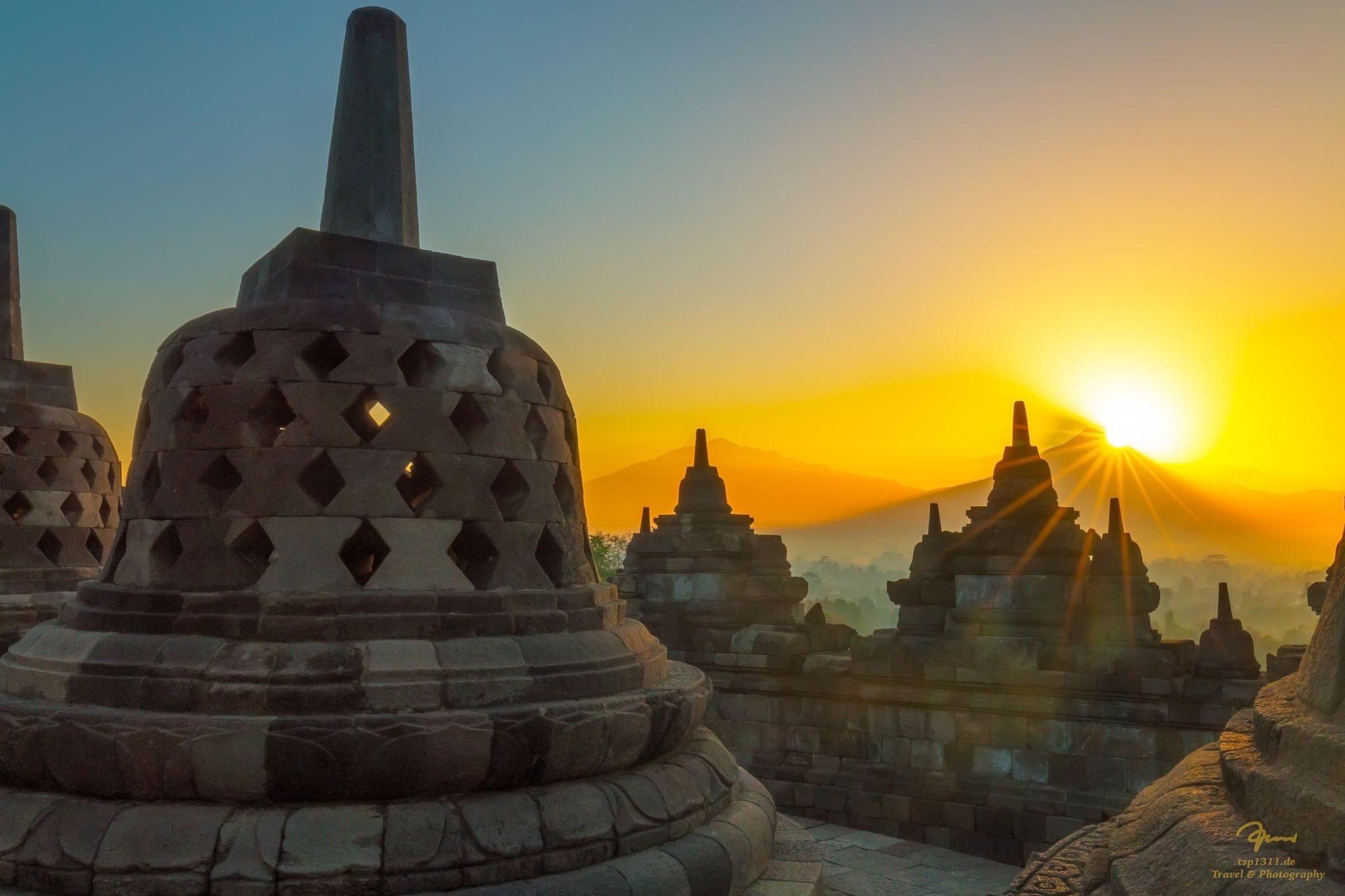
While Borobudur remains a beacon of serenity and beauty, it faces numerous challenges in terms of preservation and sustainability. This section discusses the efforts taken to protect this remarkable heritage site from the pressures of tourism and environmental factors.
The Impact of Mass Tourism

With millions flocking to Borobudur annually, the temple encounters significant challenges related to mass tourism.
While tourism contributes to the local economy, it also places strains on the ancient structure and surrounding environment. Increased foot traffic can lead to wear and tear on the stones and reliefs, necessitating urgent conservation efforts. Furthermore, overcrowding detracts from the very tranquility that makes Borobudur special, disrupting the meditative atmosphere treasured by devotees and visitors.
To mitigate these effects, authorities have implemented measures to control visitor numbers, including timed entry tickets and guided tours that emphasize respectful behavior within the sacred space. These initiatives aim to balance the economic benefits of tourism with the need to preserve Borobudur’s integrity for future generations.
Conservation Efforts and Restoration Projects

Preserving Borobudur requires ongoing dedication and expertise, culminating in extensive restoration projects aimed at maintaining its structural integrity and artistic elements.
International cooperation and funding play critical roles in these efforts. Various organizations collaborate with local teams to conduct thorough assessments and implement conservation techniques that respect the original craftsmanship. This meticulous process involves restoring damaged reliefs, reinforcing stone structures, and addressing environmental degradation caused by weathering and pollution.
Engaging the local community in these conservation efforts fosters a sense of ownership and pride, ensuring that residents contribute to safeguarding their cultural heritage. Educational programs raise awareness about the historical significance of Borobudur, inspiring a collective commitment to protect this treasure.
Sustainable Tourism Practices
To ensure Borobudur remains accessible without compromising its integrity, sustainable tourism practices are essential.
Encouraging responsible travel behaviors among visitors can have a profound impact on preserving the temple. Initiatives such as waste reduction programs, eco-friendly transportation options, and education on respectful conduct within the sacred site foster a culture of conservation.
Additionally, supporting local artisans and businesses contributes to preserving cultural traditions and provides economic opportunities for the surrounding communities. By integrating sustainable practices into the tourism model, Borobudur can thrive as a living heritage site while continuing to inspire future generations.
Connecting Borobudur to Contemporary Culture
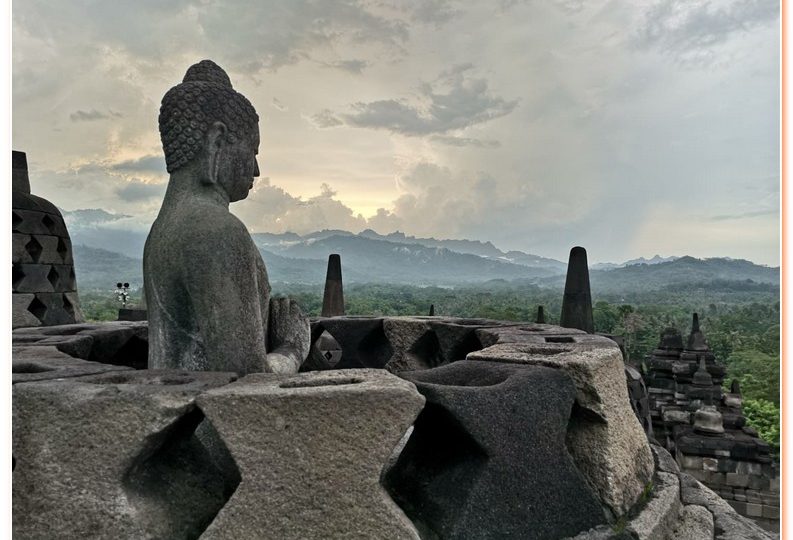
In the modern world, Borobudur continues to inspire creativity, dialogue, and exploration of cultural identity. This section examines its relevance today and how it serves as a conduit for connecting past and present.
A Source of Artistic Inspiration

Borobudur’s stunning visuals and spiritual ambiance have captivated artists, writers, and creatives worldwide, influencing various forms of art and literature.
Many contemporary artists draw inspiration from its architectural elegance, incorporating its motifs into paintings, sculptures, and multimedia installations. The temple’s symbolism and narratives resonate with themes of transcendence, spirituality, and the interplay between nature and humanity, inviting interpretations that reflect modern societal issues.
Through these artistic expressions, Borobudur evolves, bridging the gap between ancient wisdom and contemporary perspectives. Artists facilitate conversations around spirituality, moral values, and cultural heritage, encouraging audiences to engage with these themes in new ways.
A Platform for Cultural Exchange

Borobudur serves as a meeting point for diverse cultures, fostering dialogue and understanding among people of different backgrounds.
Cultural festivals and events hosted at the temple encourage cross-cultural interactions, promoting mutual respect and appreciation. Activities such as traditional dance performances, workshops, and exhibitions showcase the richness of Indonesian culture while embracing global influences.
This exchange cultivates a spirit of inclusivity, reminding us of our shared human experiences and the universal quest for meaning and connection. Borobudur acts as a testament to the power of cultural synergy, inspiring collaboration and unity in an increasingly fragmented world.
The Future of Borobudur and Its Legacy

As we look to the future, the legacy of Borobudur will continue to connect generations, serving as a source of wisdom, inspiration, and motivation.
Educational initiatives aimed at younger generations emphasize the importance of preserving cultural heritage and the lessons learned from Borobudur’s history. By instilling a sense of responsibility and pride in their cultural identity, we empower young individuals to carry the torch forward, creating a ripple effect that promotes conservation and respect for their roots.
Moreover, as society evolves, Borobudur has the potential to adapt while staying true to its core principles. Embracing technology and innovative approaches can enhance accessibility, making it possible for people worldwide to engage with and learn from this remarkable site, regardless of their geographical constraints.
Conclusion

The journey through Borobudur is a profound experience that transcends mere sightseeing; it represents a path toward understanding, reflection, and spiritual awakening. As we navigate the complexities of modern life, Borobudur reminds us of the timeless values of compassion, wisdom, and interconnectedness. With concerted efforts to preserve its legacy and promote sustainable practices, we can ensure that future generations will cherish Borobudur as a living testament to our shared cultural heritage. Let us honor this magnificent structure not only as an architectural wonder but as a beacon of hope, guiding us toward a brighter, more unified future.
✉️ Stay Connected — Subscribe for Weekly Updates
Discover timeless stories, practical wisdom, and beautiful culture — delivered straight to your inbox.
*We only share valuable insights — no spam, ever.






